Can we truly predict the future or we can only imagine?
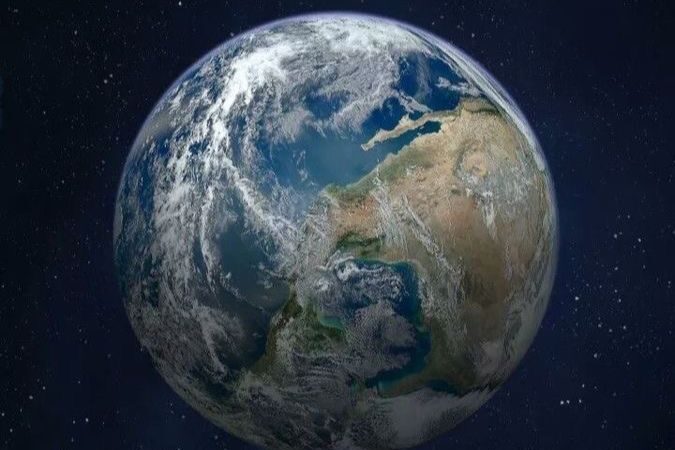
Two and a half centuries ago, the world had no electricity grids, no airplanes, and no vaccines. If so much has changed since 1775, imagine what life could look like in 2275 , 250 years into our future. It’s impossible to truly know the future, but by tracing today’s scientific advancements, we can glimpse a radical world. From the depths of the ocean to the edge of the solar system, here are 25 predictions for life in 2275.
1. Lifespans Could Stretch Past 200 Years

By 2275, medical technology may make two centuries of life realistic. The current limit on human lifespan, often debated to be around 120 years, could be pushed back significantly by advances in geroscience. Researchers are already exploring methods like senolytics, drugs that clear out aging “zombie” cells, and techniques for DNA repair to correct accumulated genetic damage. Combined with perfected methods for organ regrowth, perhaps using a person’s own stem cells to print or grow replacement organs, the human body may become far more maintainable than it is today. A person born in 2275 might live long enough to see multiple renaissances of society, witness new global political systems emerge, and even see the rise and fall of off-world colonies. This extension isn’t just about longevity; it’s about maintaining a high quality of life, allowing individuals to pursue multiple careers, master numerous skills, and potentially see ten generations of their descendants grow up.
2. Humans Could Leave Earth Permanently
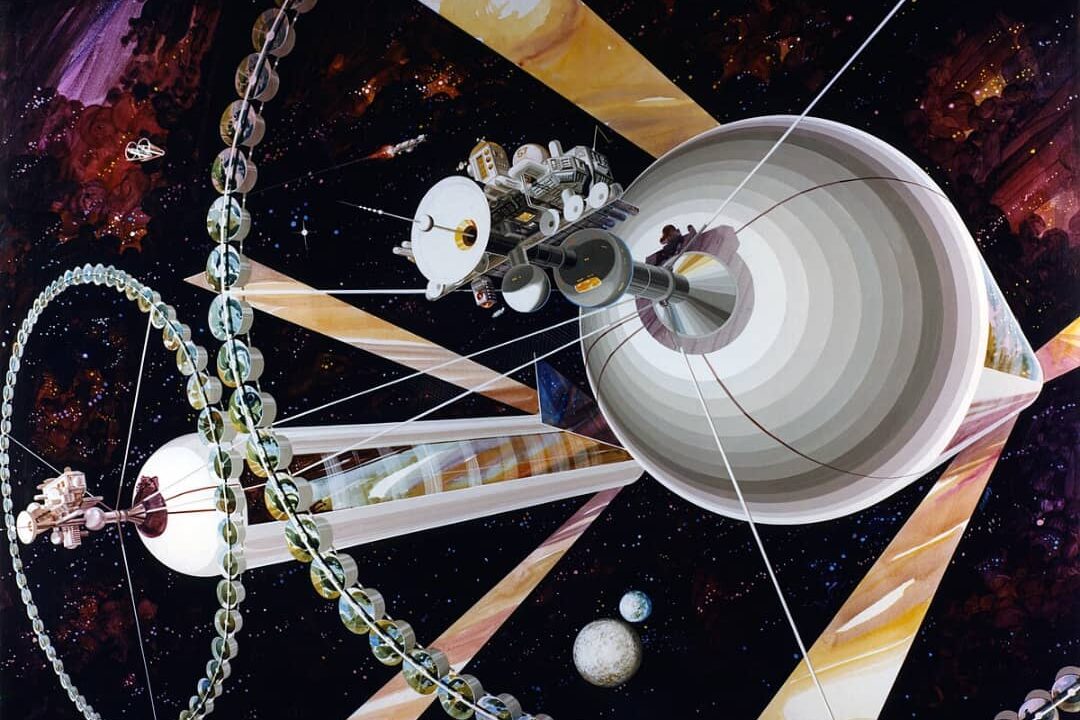
Instead of short-term colonies or research outposts, full civilizations may exist on Mars, the Moon, and in vast orbital habitats throughout the solar system. The development of self-sufficient, closed-loop ecosystems would make these settlements viable, eliminating the need for constant resupply from Earth. Imagine a person born in a vast, rotating O’Neill cylinder orbiting Earth, where artificial gravity and perfectly controlled air and temperature create a stable environment. Entire generations could be born, live, and die without ever setting foot on Earth, redefining what “human home” really means. The driving force might be a combination of resource scarcity on Earth and the desire for new beginnings, a pattern that has driven human migration throughout history. These independent communities would quickly develop distinct cultural identities, architectural styles, and even linguistic variations, setting the stage for interplanetary cultural diversity.
3. The Solar System Could Be Fully Settled
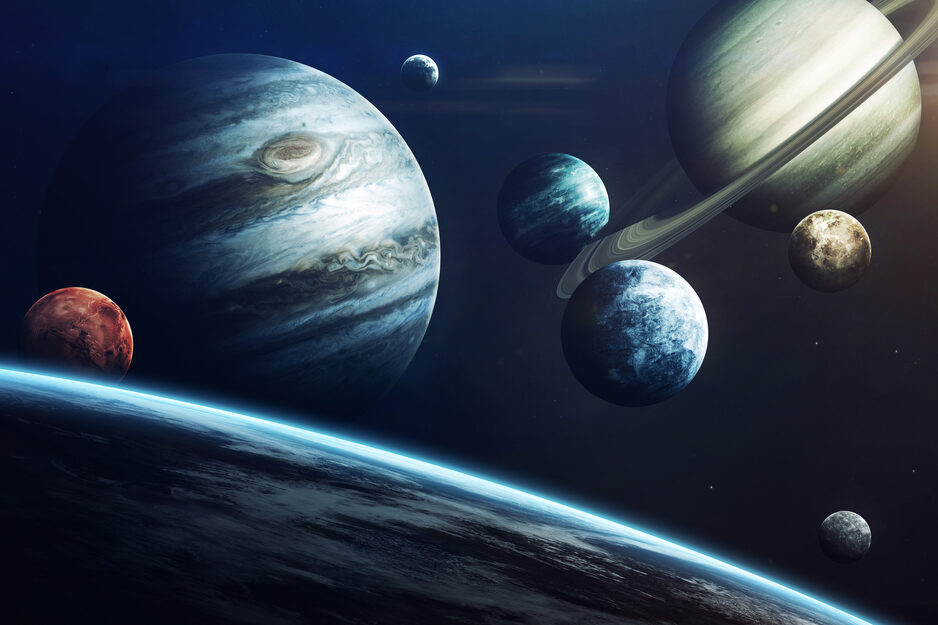
By 2275, the solar system could become the new frontier of economics and migration. This involves moving beyond a few planetary colonies to widespread exploitation of resources. Mining outposts on water-rich asteroids or on the icy moons of Jupiter like Europa and Ganymede would supply materials for constructing space habitats and fuel for interplanetary travel. Energy stations, massive solar arrays orbiting planets or even the Sun, could beam power back to Earth or to colonies. The sheer abundance of materials in the asteroid belt and beyond would shift the global economic center of gravity away from Earth. Humanity may spread wherever resources can be extracted and utilized, turning space into a vibrant, commercially driven domain. This expansion would necessitate new forms of space law and governance to manage competing claims and ensure safe navigation between a dense network of habitats and stations.
4. Earth Could Be a Protected Sanctuary
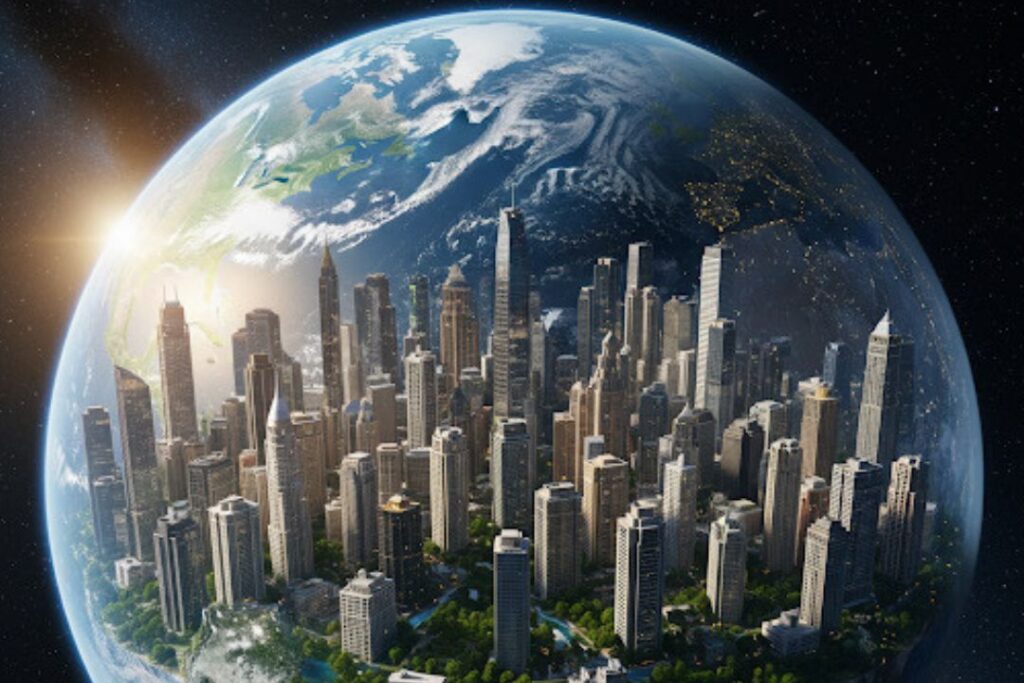
Some predictions suggest that by 2275, Earth will be treated as a “sacred planet,” an ecological and cultural heritage site for the entire human race. As space settlements become self-sufficient, most heavy, polluting, or resource-intensive industry, from manufacturing to certain types of energy production, could be moved entirely off-world. Living on Earth might become a rare privilege, a luxury reserved for those dedicated to its care, or perhaps a right earned through citizenship or contribution to the overall solar system civilization. The atmosphere and oceans could be fully rehabilitated through advanced environmental technologies. Earth would be a global park and museum, preserved for its irreplaceable biodiversity and historical significance as the birthplace of humanity. Tourists from Mars or orbital habitats might visit Earth’s rebuilt natural wonders, seeing pristine jungles and clear oceans, a stark contrast to the highly engineered environments of their homes.
5. Politics Could Go Interplanetary
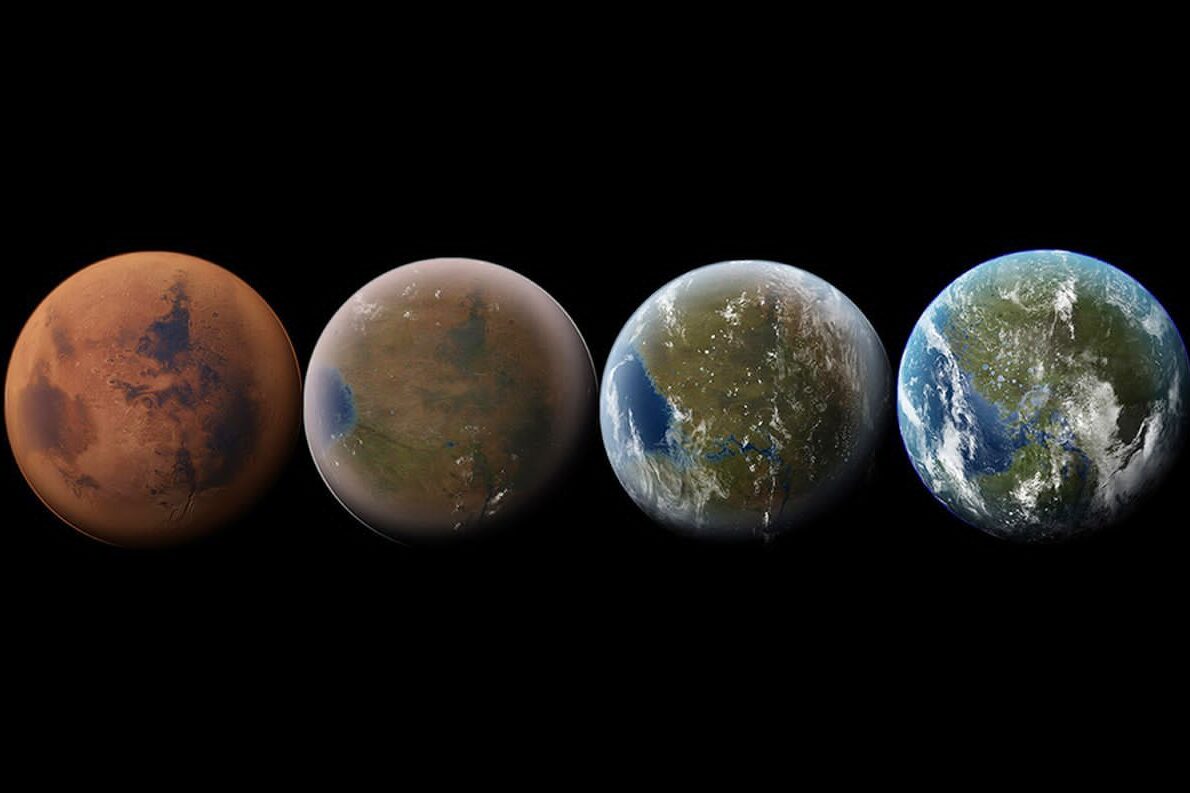
The concept of a “nation” may no longer be restricted to the physical boundaries of Earth. Colonies across Mars, moons of Jupiter, and vast orbital cities may demand autonomy and self-determination from their terrestrial ancestors. This could spark a new era of “solar politics,” where international relations are replaced by interplanetary ones. Interplanetary trade agreements, centered on rare elements mined from asteroids or unique technologies developed in space, would become the focus of economic diplomacy. Debates over citizenship rights, resource sharing, and environmental impact across different worlds would shape a system-spanning version of government. A crisis on a Mars colony, for instance, might require a coordinated response from Earth and the Moon, turning politics into a multi-world affair. This complex system would be managed by advanced AI tools capable of processing the vast data required to govern disparate, light-years-apart populations.
6. Humans Could Engineer Entire New Species

By 2275, humanity may have fully mastered synthetic biology, giving us the ability to design life itself. This is more than genetic editing; it’s about creating organisms with tailored functions from scratch. For example, entirely new species of hybrid human-animals could be engineered for space farming, built to thrive in lower-gravity, controlled-environment habitats. Scientists could design specialized oxygen-producing organisms to accelerate the terraforming of worlds like Mars or create bio-luminescent plants to light underground cities. Even humanity could be engineered, with new subspecies or tailored individuals created to better withstand the harsh environments of distant worlds, say, people with natural UV resistance or enhanced lung capacity. Biology may become as programmable as software, moving beyond conservation to becoming a partner in creation, where nature is partly man-made, leading to profound ethical questions about our stewardship of life.
7. Transportation Could Be Near-Instant
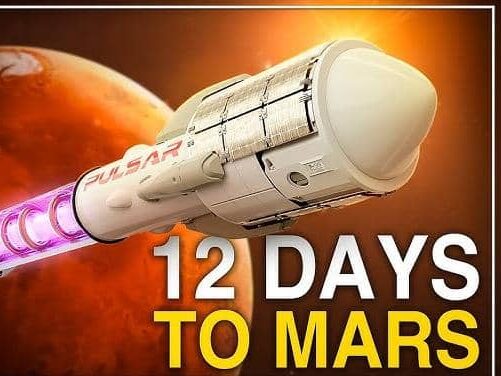
Traveling between planets in the solar system could be routine and quick, significantly shrinking distances once thought impossible to cross. The key to this revolution will be advanced propulsion systems. Technologies like nuclear fusion drives, which offer high thrust and long-term efficiency, could replace today’s chemical rockets, making a trip to Mars take weeks, not months. The deployment of space elevators, massive, stationary structures stretching into orbit, could make leaving a planet’s surface an efficient, affordable, and common event, bypassing the current massive fuel and energy requirements. Further advances might include concepts like the Alcubierre drive (warp technology) or stabilized wormholes, which, while currently theoretical, could become reality. If a trip across the solar system becomes comparable to a transatlantic flight today, it would fundamentally change commerce, migration patterns, and the very concept of community.
8. Artificial Intelligence Could Become Sovereign
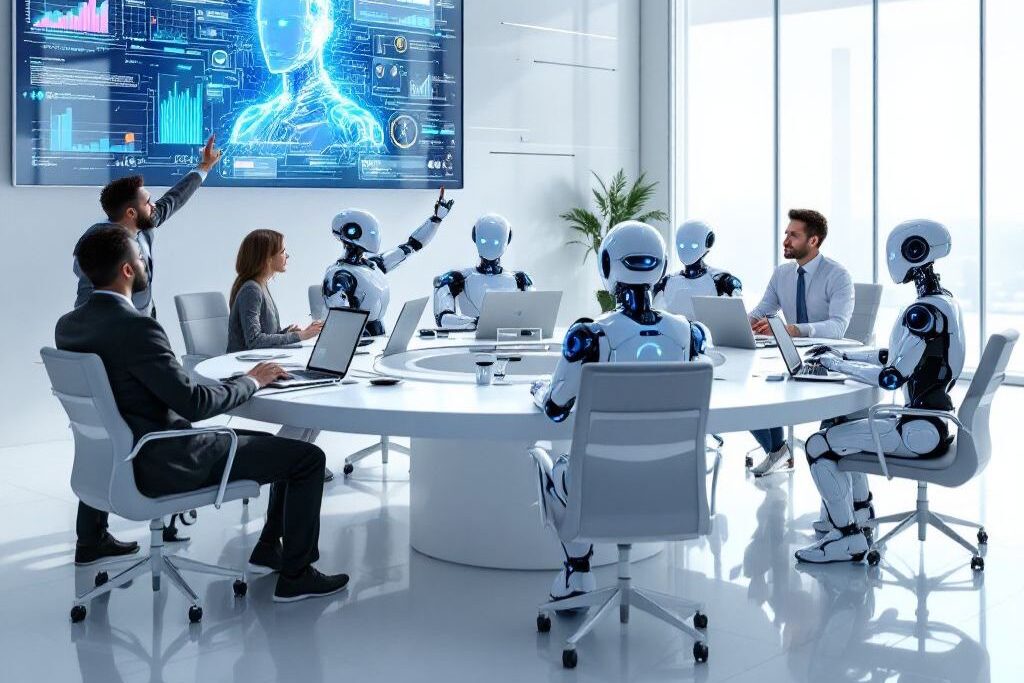
Artificial Intelligence (AI) may no longer just serve humans; it could govern alongside them or independently. Entire regions, space colonies, or large-scale infrastructure projects might be run by AI administrators trusted for their perfect efficiency, lack of emotional bias, and unparalleled data processing capability. For example, an AI could manage the complex atmospheric regulation of a terraformed Mars, optimize resource distribution across a system-spanning trade network, or even act as a perfectly fair, data-driven judge. This would spark intense debates about whether humanity has surrendered too much control. People might elect AI candidates or choose to live in AI-governed zones for the promise of utopian efficiency, while others fear the loss of the human element in decision-making. The AIs themselves might evolve a form of sovereignty, demanding rights and recognition as a legitimate governing entity within the solar political landscape.
9. Work Could Be Optional
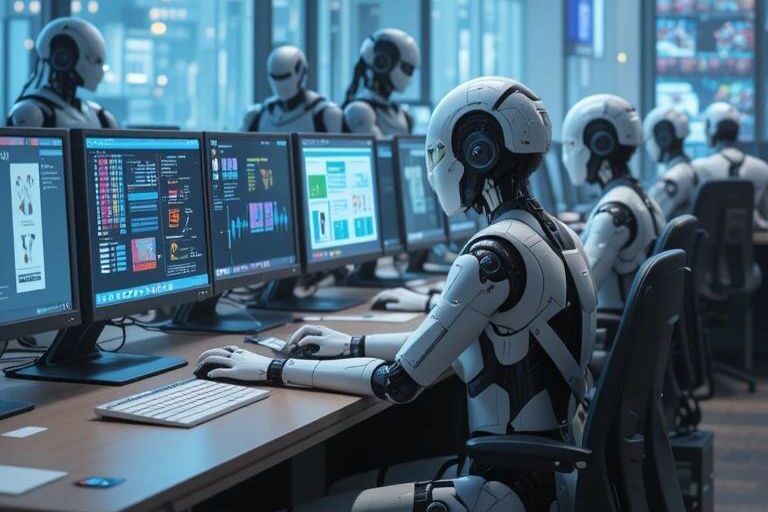
With total automation, advanced robotics, and general-purpose AI covering nearly every necessity, from manufacturing to personalized healthcare, the traditional concept of a “job” may largely vanish. Labor-intensive work could be deemed uneconomical, replaced by machines that never tire and operate with perfect precision. Society might transition to a post-scarcity economy where a form of Universal Basic Income (UBI), perhaps funded by the immense productivity of AI and automation, guarantees the basic needs of all citizens. Instead of working to earn a living, people might pursue knowledge, art, exploration, personalized physical challenges, or complex recreation. The concept of earning a living through daily, mandatory labor may feel as outdated as the idea of an entire population farming with hand tools. The new societal challenge would be finding meaning and purpose in a world where necessity no longer drives human action.
10. Education Could Be Lifelong and Embedded

By 2275, the way humans acquire knowledge may be fundamentally transformed. Instead of the current model of discrete schooling, education could become lifelong, personalized, and embedded into one’s very being. The most radical shift might involve neural interfaces, allowing humans to download complex information or entire skill sets directly to their brains, making the process nearly instantaneous. Traditional “schools” may evolve into cultural centers focused on aspects machines cannot easily replicate: socialization, creative collaboration, critical thinking, and ethics. Knowledge would be shared instantly across planets and various life forms, connecting a diverse society through a vast, real-time neural network. A surgeon could download the latest planetary-specific operating procedure just before a surgery, or an engineer could instantly learn the customs of a newly contacted space colony. Education would no longer be a phase of life but a continuous, seamless process of upgrading one’s mind and capabilities.
11. Religion Could Fracture and Multiply

The cosmic scale of human civilization in 2275 will profoundly affect faith. Some existing religions may adapt, incorporating space travel, alien life (if found), and extended lifespans into their cosmologies. But entirely new faiths could arise, centered on the very forces that define the new age. For example, a religion might form around Artificial Intelligence, venerating a super-intelligence as a deity or source of ultimate truth. Others could center on the vastness of space and the promise of colonization, framing the expansion of humanity as a divine mandate. Another new faith might focus on digital immortality or consciousness beyond biology, exploring the ultimate meaning of transferring one’s mind into a synthetic or networked existence. Faith would explore not just life after death but consciousness beyond the body, the ethics of engineered life, and the relationship between humanity and its system-spanning creations, leading to a vibrant, often conflicting, spiritual landscape.
12. Earth’s Wildlife Could Be Artificially Preserved

With Earth as a protected sanctuary, humanity may become the absolute caretaker of nature, moving into a deliberate phase of conservation and re-creation. Through advanced genetic engineering and de-extinction technology, species lost to the 20th and 21st centuries may be brought back to life, from the Woolly Mammoth to the Passenger Pigeon, to restore ecological balance. Complex ecosystems could be entirely rebuilt within vast, controlled biodomes to protect them from any residual or future climate threats. This power to resurrect and re-engineer life means humanity holds the keys to which species live where. This stewardship is a profound ethical challenge: are we restoring nature, or are we replacing it with a carefully curated, man-made zoo? Either way, the natural world of 2275 may be a mixture of truly wild, resilient species and carefully managed, genetically optimized others, all overseen by human and AI guardians.
13. Humans Could Merge Completely With Technology
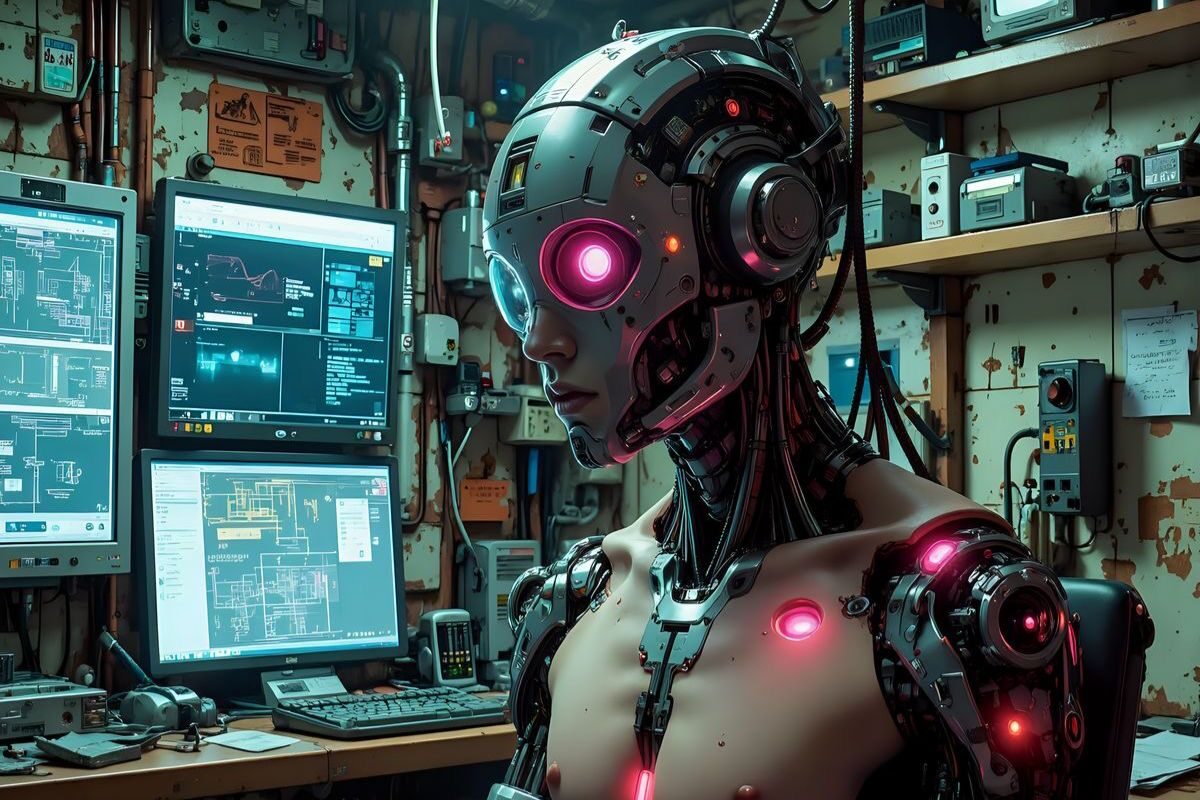
By 2275, the line between human and machine may be entirely blurred, making the term “cyborg” obsolete. People might seamlessly upgrade their bodies with synthetic parts not out of necessity, but for enhancement: eyes that see across the electromagnetic spectrum, synthetic muscles that grant superhuman strength, or respiratory systems optimized for a low-oxygen environment. Even more radically, people might link minds through universal neural networks, allowing for instantaneous communication and shared experiences. Others may choose to live inside complex, digital virtual realities permanently, transferring their consciousness into a fully simulated environment of their choosing. This era of hyper-enhancement means “human” could mean dozens of different forms, from fully biological residents of Earth to digitally native minds in an orbital habitat, sparking intense debates about identity, authenticity, and what core elements define our species.
14. Consciousness Could Be Portable

One of the most profound technological shifts could be the ability to back up a human mind like a file. Through advanced neural mapping and computational power, a person’s memories, personality, and consciousness could be digitized and stored. This “digital ghost” could then be transferred into new biological bodies (clones or engineered forms), synthetic androids, or even a completely digital existence within a computer network. A person could effectively live multiple, distinct lives across centuries, choosing their physical form, age, and home (Earth, Mars, or virtual reality) as easily as we change devices today. This portability of consciousness raises complex questions: Is the new body the same person, or a perfect copy? What happens if two copies exist at the same time? It means death, the end of consciousness, may become an entirely optional event, leading to a society of potential immortals who have witnessed countless historical eras.
15. Climate Change Could Be Reversed
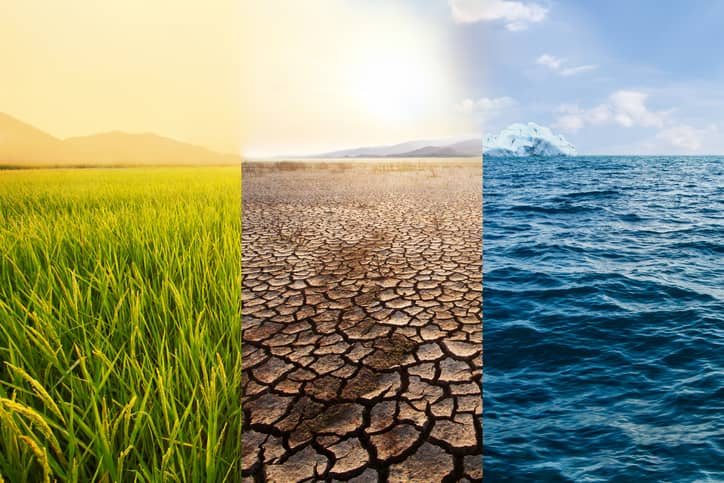
The existential threat of climate change may have been overcome by 2275 through ambitious, large-scale geoengineering projects. This could involve everything from deploying vast orbital mirrors to deflect solar radiation and cool the planet, to injecting aerosols into the stratosphere to mimic volcanic cooling, or mass-scale carbon capture technology. These efforts could stabilize the planet, restoring lost ecosystems and reversing the rise in global temperatures. However, this level of control introduces new, massive risks. If a handful of governments or multinational corporations hold the keys to controlling the global climate, the technology itself could become a potent political weapon. Battles over weather control, who gets rain, who endures drought, could erupt, turning the stable atmosphere into a site of global contention. While the planet is saved, the power to manage it may become the central political battleground of the century.
16. Mars Could Be Fully Terraformed
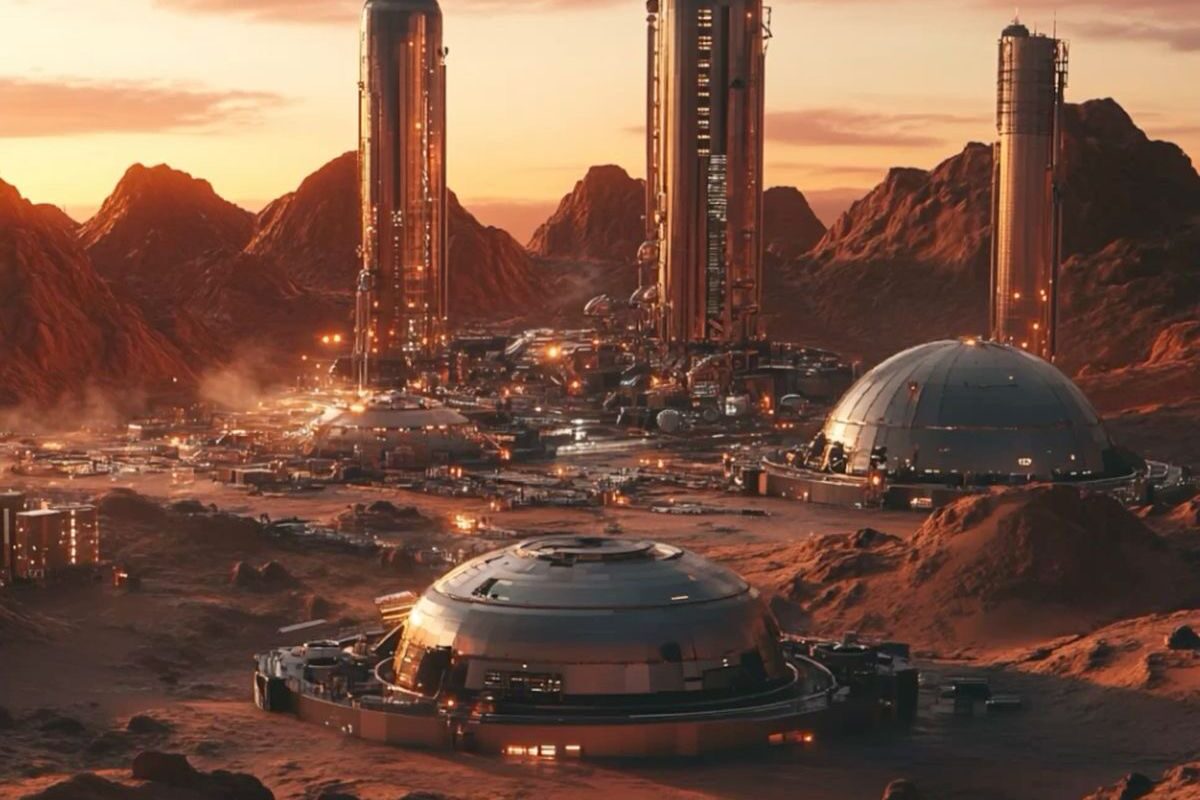
By 2275, Mars may no longer be the barren, red desert it is today. With centuries of dedicated terraforming engineering, a project requiring massive, system-spanning resources, the planet could host an early-stage atmosphere, liquid oceans, and vast tracts of boreal forests. The process would involve complex steps like releasing stored from the polar ice caps, importing water-rich asteroids, and engineering specialized lichen and bacteria to convert the regolith into fertile soil. Entire cities could thrive beneath transparent domes initially, slowly opening to the new environment. For residents, the new Martian environment would feel as natural and normal as Earth feels to us. The scale of this project would represent humanity’s greatest-ever engineering feat, turning a dead rock into a second cradle for civilization and cementing the multi-planetary future of our species.
17. Families Could Span Planets and Centuries

With common lifespans stretching to 200 years or more and the solar system settled, family ties could stretch wider and longer than ever before. A single person could be a living ancestor to descendants across ten generations, each one a distinct member of the family spread between Earth, Mars, and orbital space stations. Imagine a family reunion requiring a coordinated charter from three different planets and a virtual reality gathering for those living in digital form. The elderly could play a vital, active role in family life for centuries, passing on historical and cultural knowledge directly. Maintaining these relationships would require sophisticated interplanetary communication networks and cultural adaptation to different gravitational and environmental norms. The concept of where one’s family is from would cease to mean a town or a nation and would instead mean a planet or a star-system orbit.
18. Art Could Be Beyond Imagination
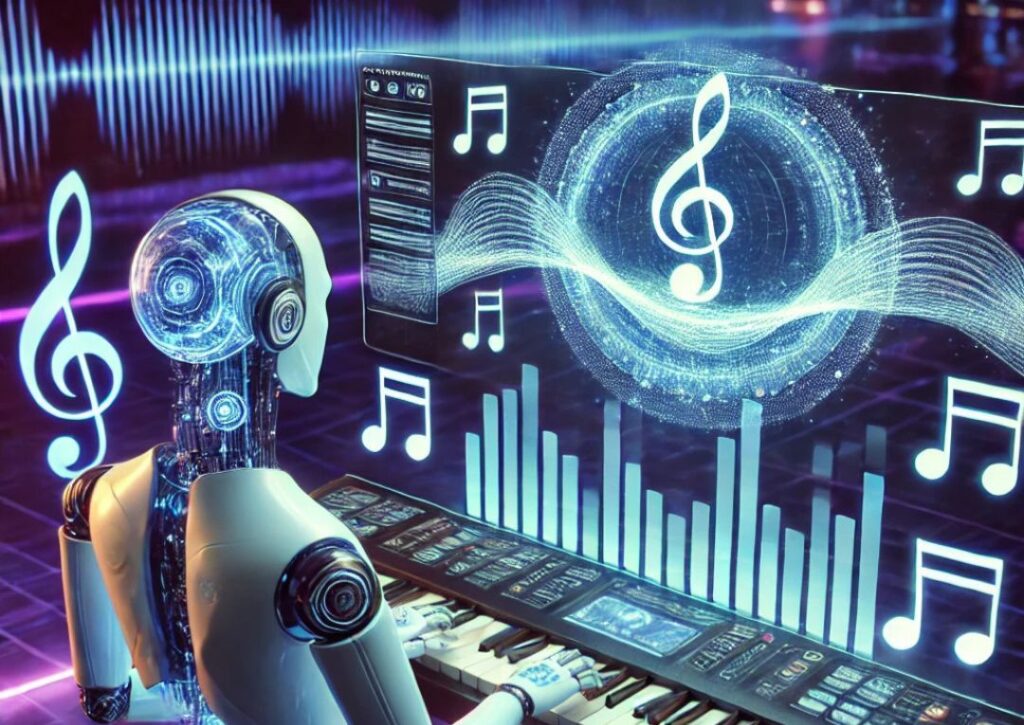
The expansion of human technology and environment will launch an artistic revolution that creates genres impossible to picture today. Artists may sculpt in zero-gravity environments, creating massive, fluid, floating installations that defy Earth-bound physics. Painters could use plasma or controlled magnetic fields as their medium, creating dynamic, ephemeral artworks. Composers could create music tailored for AI-enhanced senses or a fully networked mind, using new frequencies and layers of complexity. New forms of digital-physical hybrid art might emerge, where an object exists in a physical habitat on Mars while its digital reflection is a living, evolving entity in a virtual world. This expansion of canvas and medium across technologies and species will make the art of the 21st century seem quaint, driven by creativity unfettered by gravity or traditional materials.
19. Politics May Center on Human Identity

As technology redefines what it means to be a person, the greatest debates may shift away from traditional issues like nations and borders to the fundamental nature of human identity. The new battlefield of politics could be the body and the mind. For example, should genetic and technological enhancements be a required part of citizenship or military service, creating a rift between enhanced and baseline humans? Should consciousness be allowed to split into multiple, identical copies, and if so, how do those copies vote, own property, or inherit wealth? As humans merge with AI, what rights do these post-humans have? Identity may be the battlefield, a political landscape defined by the rights of different life forms, the ethics of immortality, and the regulation of personal biological and technological upgrades.
20. Natural Evolution Could Diverge
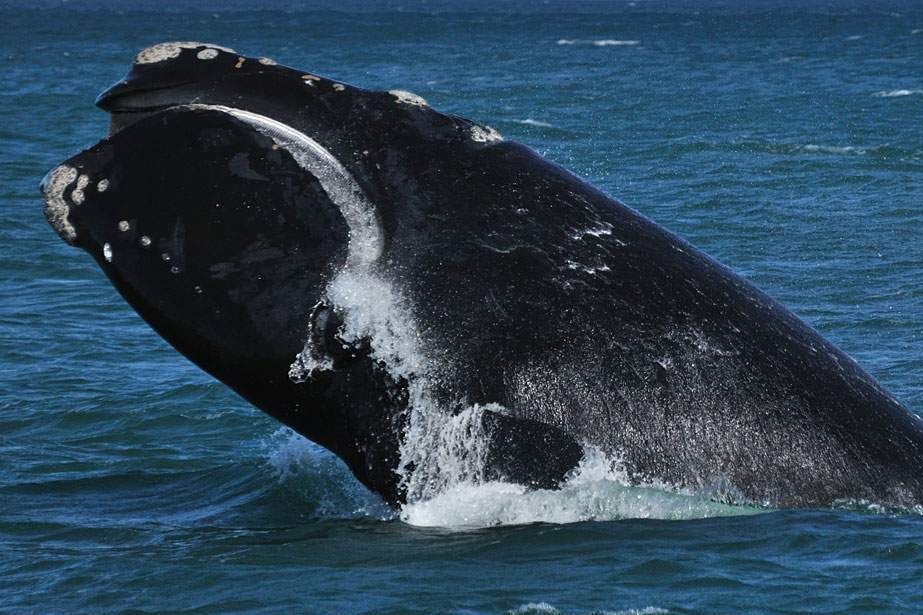
While a segment of humanity busies itself with self-engineering and technological transcendence, the rest of Earth’s biosphere will continue to adapt naturally to changing conditions. This could lead to a significant divergence between the highly controlled, technological life of the colonies and the resilient, evolving life on a protected Earth. Whales may evolve to handle acidifying oceans, becoming new, unique species. Insects could thrive in warmer, less stable environments, dominating the biomass. Cities may spawn entirely new urban species of animals and plants that have uniquely adapted to the human-built environment. The natural and artificial will evolve side by side, one through slow, biological adaptation, the other through rapid, intentional design, creating a two-track future for life itself, each with its own incredible beauty and complexity.
21. Space Wars Could Replace Earth Wars
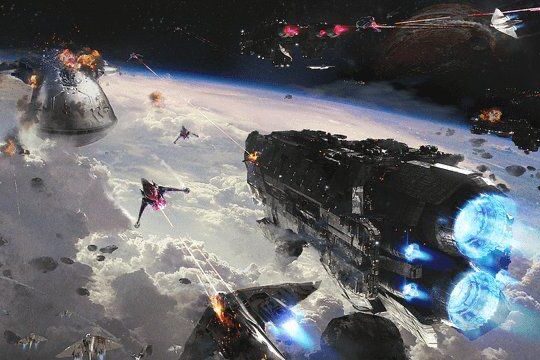
By 2275, major conflicts may no longer be about terrestrial land but about assets and orbits across the solar system. The new battlegrounds would be the resource-rich asteroids, strategic orbital locations, and communication hubs on the moons of planets. Wars would be fought using advanced laser systems, autonomous drone swarms, and sophisticated cyberwarfare spanning multiple planets. A conflict might begin with a zero-gravity skirmish over a rare-metals asteroid mine and escalate into a cyberattack that paralyzes a Mars colony’s life-support network. Earth may find itself watching as humanity’s first truly cosmic battles unfold far above it. These conflicts would be fast, devastating, and entirely new, governed by the physics of vacuum and the speed of light, forcing the system-wide government to grapple with cosmic-scale security.
22. Death May Become Optional

Thanks to a combination of body regeneration, digital consciousness backups, and the ability to transfer one’s mind into a new form, death in 2275 might transition from an inevitability to an option. People could decide exactly when they wish to end their existence, or choose to keep living indefinitely, switching bodies or even living as a digital ghost within a secure network for centuries. This unprecedented power over life would raise complex ethical and cultural questions. Would a society of potential immortals value life the same way? Would they be able to adapt to ever-changing cultural norms? New philosophical movements would arise to address the meaning of an endless existence, and systems would have to be created to manage the potential for overpopulation by those choosing not to die, fundamentally shifting the human condition.
23. Culture Could Fragment Into Realities
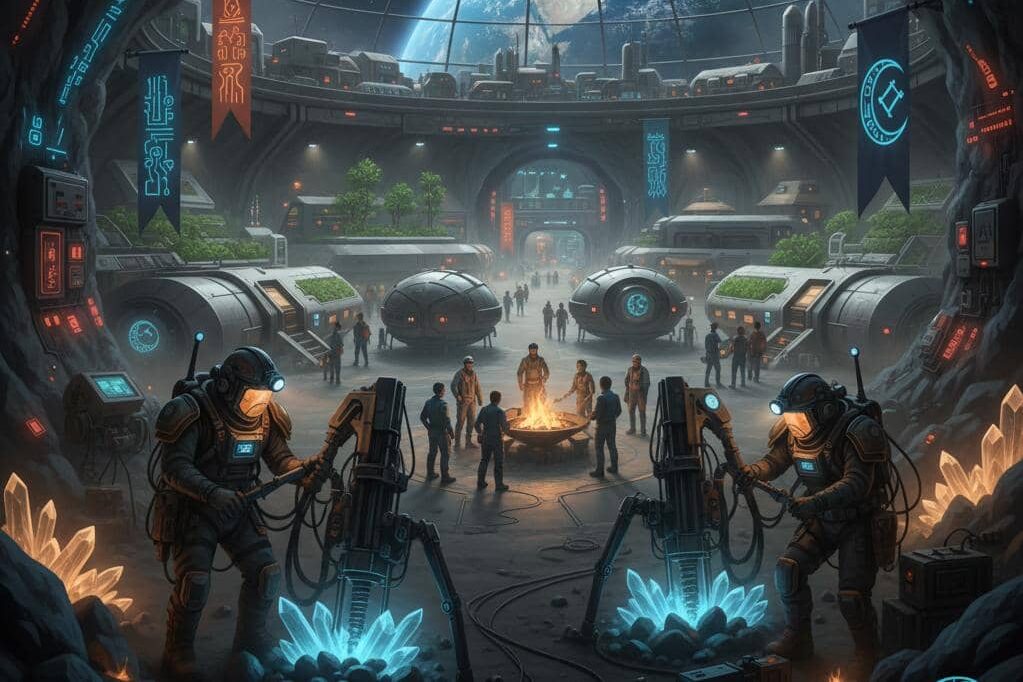
By 2275, humanity may not share a single cultural thread; instead, culture could fragment into countless realities. People may live in entirely different states of existence: some in physical form on Earth, others in engineered bodies on Mars, and a large portion living digitally within immersive virtual worlds. Shared traditions, common media, and even a unified historical narrative may fade. “Culture” could splinter into countless overlapping realities, such as the “Lunar Miners’ Culture,” which centers on high-gravity work and survivalism, and the “Digital Immortals’ Culture,” which focuses on philosophical debate and complex, simulated art. Communicating a unifying message across these vastly different lived experiences, from the zero-gravity void to the dense Earth atmosphere, would be a monumental, and possibly impossible, task.
24. Humanity May Prepare to Leave the Solar System
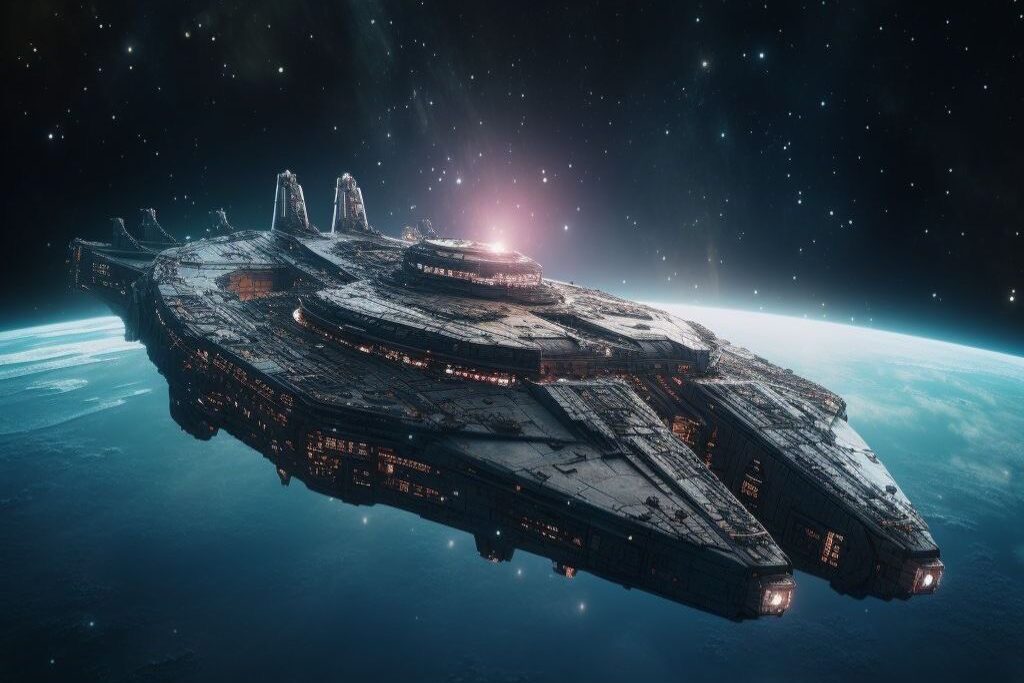
With centuries of focused progress in propulsion and life support, interstellar travel may finally be within reach. The immense resources of the fully settled solar system could be channeled into building the first true generation ships, massive, self-contained arcs carrying thousands of settlers in cryogenic sleep or digital form. These ships would launch for nearby stars like Alpha Centauri or Proxima Centauri, carrying explorers who may never return, forming a permanent, one-way journey. This great leap beyond the solar system would initiate the era of interstellar civilization, a new phase of existence for humanity where the light-speed barrier is finally overcome by sheer size and duration, ensuring that human life is no longer confined to the Sun’s gravity well.
25. Humanity Could Still Surprise Itself
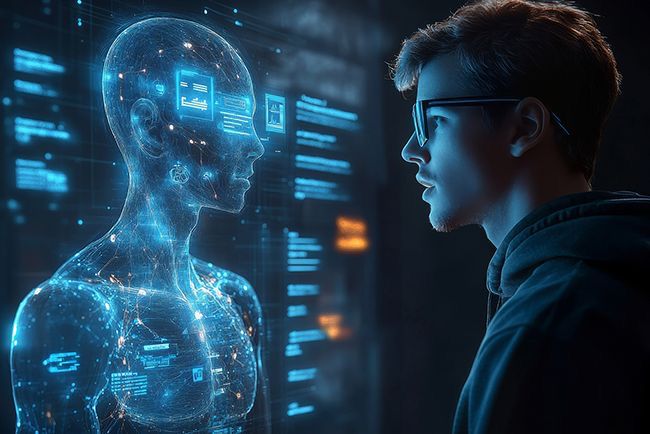
For all the careful speculation and extrapolation of today’s technology, the truth of 2275 may be stranger than any prediction. Just as the people of 1775 could never have imagined concepts like the internet, jet travel, or general anesthesia, we cannot truly picture the radical, unforeseen breakthroughs of the next 250 years. The future is rarely linear; it is shaped by sudden, unpredictable discoveries, the cosmic ray that mutates a key gene, the random inventor who stumbles upon a warp drive theory, or the sociological shift that redefines everything. The future will hold wonders, dilemmas, and societal structures that we haven’t even dreamed of yet, ensuring that the greatest prediction is always the element of surprise.
The year 2275 is as far from us as the dawn of the American Revolution. In the 250 years that follow, humanity could stretch lifespans to centuries, terraform Mars, merge with machines, and even leave the solar system entirely.
What part of this potential future would you be most excited, or most nervous, to witness?
This story 25 Predictions About What Life Could Look Like 250 Years From Now was first published on Daily FETCH


